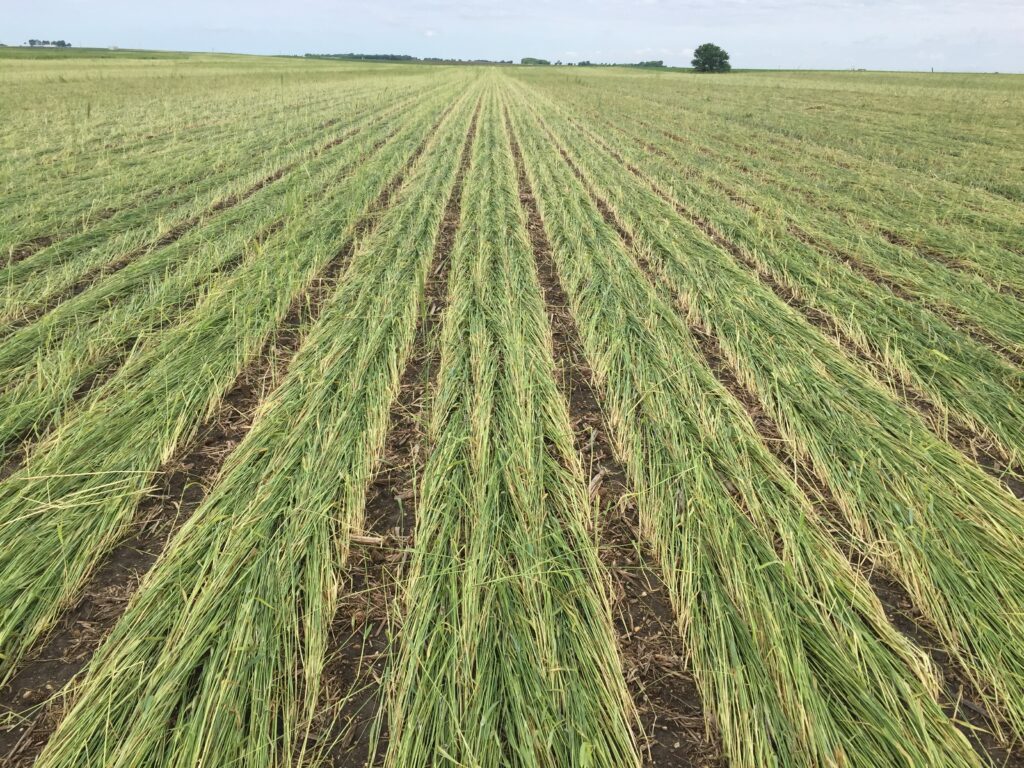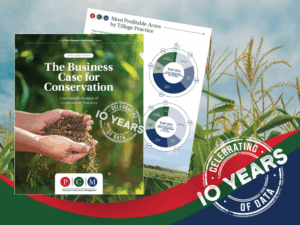More Than Two Tillage Passes is Never Most Profitable According to New Data

Our most recently released data publication includes a summary of 9 years’ worth of in-field conservation data from Illinois farms. One section of the report compares various tillage systems and analyzes the profitability of each for corn and soybean fields.
“For the last several years I have been considering the switch to strip till on my farm. The idea of resource conservation has played a large role in my management decisions over the last several years. I believe there could be a time in the future where conservation practices are required. I view what I am doing now as practice for those times,” said farmer Zach Wells of Champaign County. “PCM has enabled me to take on additional conservation practices with their datasets and large network of agriculture professionals to provide clarity and direction. PCM is kind of like the person who is holding the flashlight while you are working on a piece of equipment. They make it a lot easier to see what you are doing.”
According to PCM data, the most frequently observed tillage systems on the most profitable acres were one-pass light tillage for corn (one pass with low-disturbance tillage) and no-till for soybeans. This same trend was seen for fields with both high and low soil productivity ratings throughout Illinois. In both cases, less than 4% of the most profitable fields were managed with 3 or more tillage passes. Strip tillage has also shown promise as a profitable option with corn production in recent years.
Reducing tillage can also have a significant impact on soil erosion and water quality. PCM began as a response to the Illinois Nutrient Loss Reduction Strategy in 2015, which guides state efforts to improve water quality at home and downstream by reducing nitrogen and phosphorus levels in our lakes, streams and rivers. With the approaching interim goal of a 15% reduction in NO3-N and a 25% reduction in total phosphorus by 2025, Illinois farmers are encouraged to consider how their farming practices will impact future regulations for farmers.
“Between now and 2025, we all have to do something different on each acre to achieve the goals of the Illinois Nutrient Loss Reduction Strategy,” says Dirk Rice, Champaign County Farmer. “We can’t do what we’ve always done and avoid negative publicity or difficult regulations like we see in surrounding states.”
PCM surveyed enrolled farmers in 2024 and found that 64% of farmers who don’t already use reduced tillage practices agree that they are likely to reduce or eliminate tillage due to information they have received from PCM. Farmers enrolled in PCM receive annual data analysis for their farm in addition to access to conservation experts and guidance on cost-share programs available to farmers. To inquire about enrolling in PCM for free, reach out to your regional specialist.


